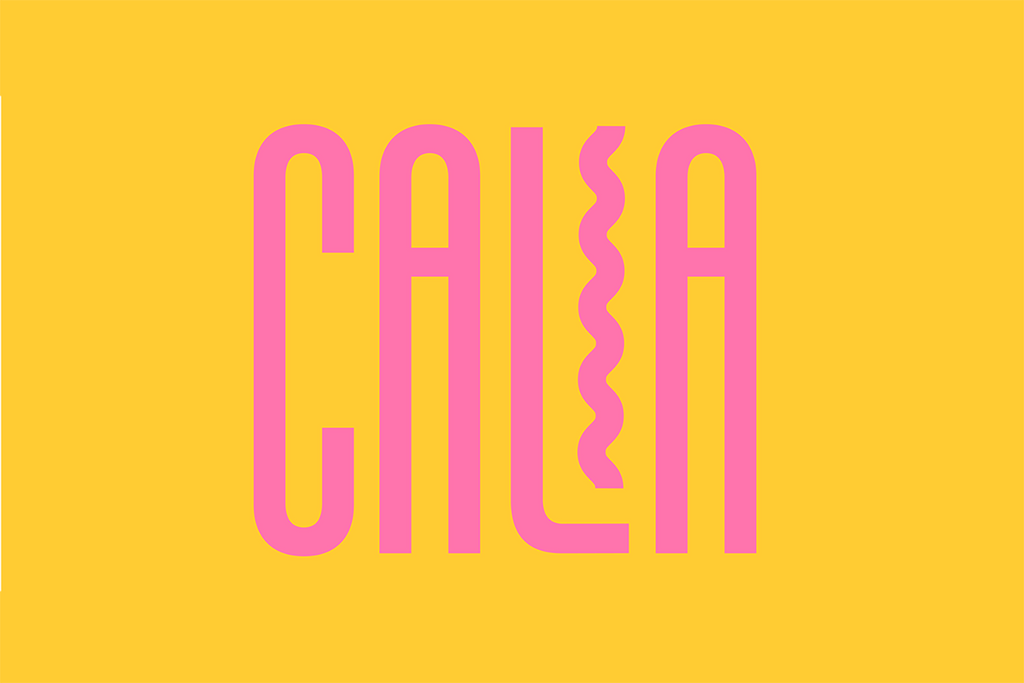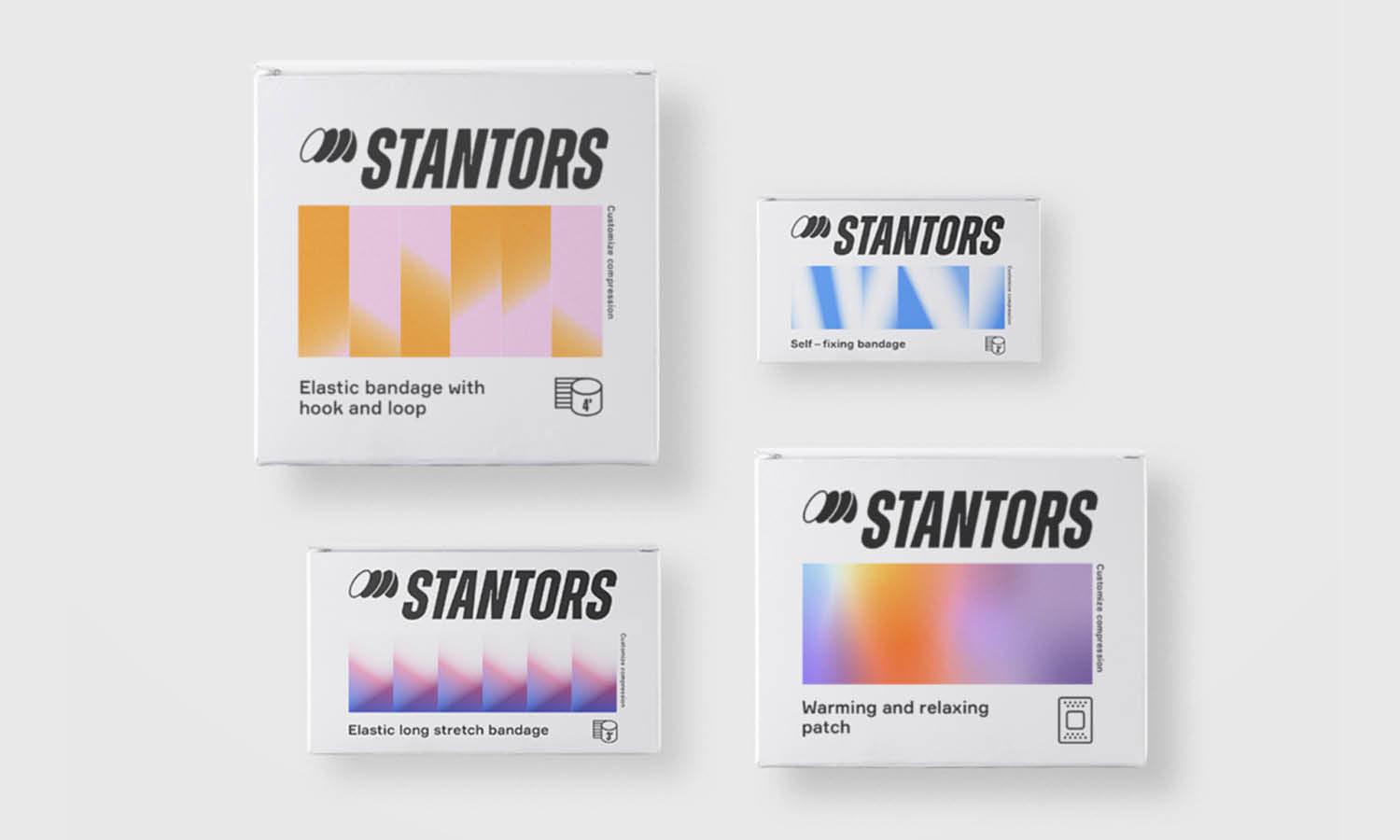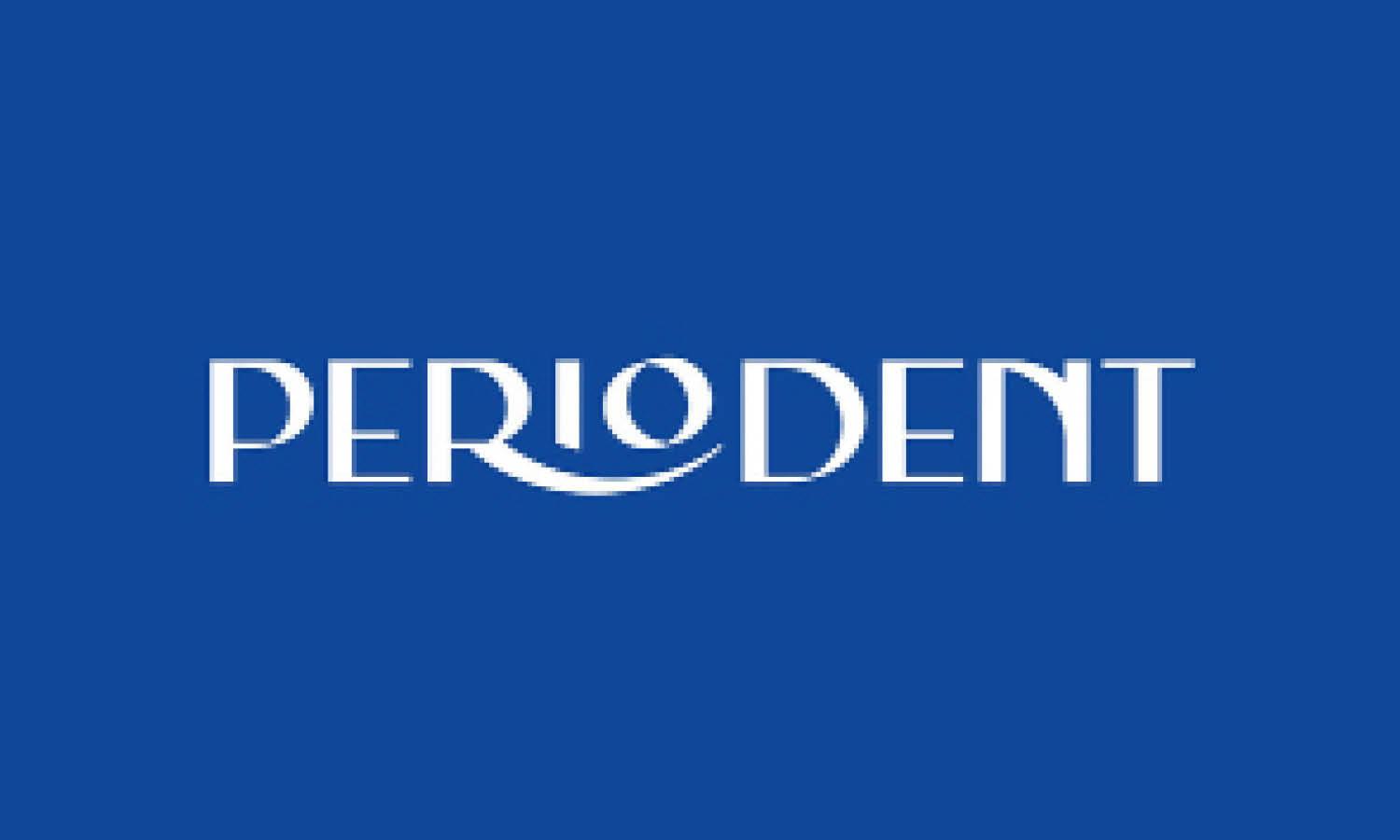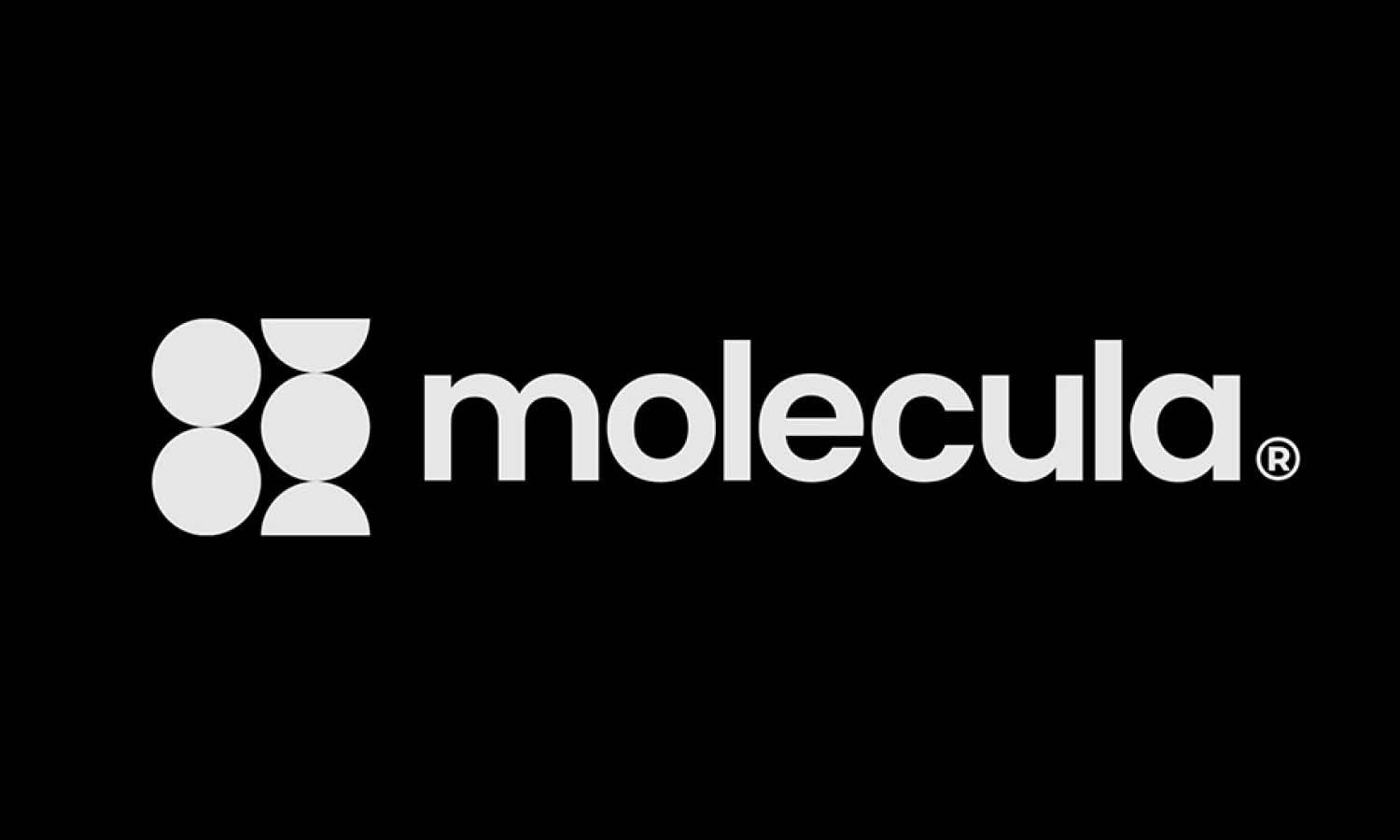10 Tips to Create a Good Hygiene Logo Design

Created by Rosana Sousa | https://www.behance.net/gallery/137663435/Aquira-Solid-Shampoo-Packaging
The importance of an effective and eye-catching cannot be denied, which is why every company pays great attention to its design. Your logo is your company's visual identity - driving trust and building recognition. These small elements of graphic expression convey the essence of your company and unify every activity of your brand.
That's why design requires proficiency and in-depth knowledge. Because it's so important, we wanted to share some of this knowledge with you and some great design tips to create an unforgettable for your brand.

Created by Rafael Duarte | https://www.behance.net/gallery/145439487/SEVLA-natural
First, it is very important to understand the characteristics and principles of a good. Of course, every winning logo has some common elements that make it successful, so you should stick to certain values when designing. With that in mind, let's dive into some design tips so you can create a good hygiene logo design on your own.
Since no one said that brainstorming about your design and the actual creation process wasn't fun and exciting, let's start with our first design tip today and work our way through our modern designs one by one!
Brainstorming your initial design doesn't have to be boring and tedious. In fact, it can be a fun and interesting process. So, with that in mind, it's time to dive into our list of tips. But wait! Before that, let's refresh our knowledge of design principles. A strong is usually: Simple, Memorable, Timeless, Versatile, and Convenient.

Created by QingYou Studio | https://www.behance.net/gallery/121879613/Dreamore-SHAMPOO-LOGO-VI-PACKAGE-DESIGN
The great strength of a logo lies in its ability to speak a thousand words with a well-chosen image - literally, the definition of "a picture is worth a thousand words." Likewise, you may also be familiar with the "show, don't tell" technique used in the literature. Logos do the same thing: With a multitude of fonts and graphic elements, they tell the full story of your brand while sending an engaging message to your audience. So let's use this neat trick to use when designing your brand.
10 Tips to Create a Good Hygiene Logo Design
- Always Start With Rough Sketches
- Create A Durable Logo Design
- Pick The Color Palette Carefully
- Experiment With Custom Fonts
- Make Sure All The Elements Are Well Balance
- Avoid Being Too Complicated
- Keep Your Logo Low-Key But Eye-Catching
- Be As Original As Possible
- Test On Different Sizes
- Do A Survey, Ask For Feedback & Refine

Created by Mariah Phillips | https://www.behance.net/gallery/101334285/Calia
1. Always Start With Rough Sketches
When you feel that you will be more comfortable with drawing, allow yourself to break the rules and steer clear of the strictest forms of your logo. Remember that you don't have to be an artist to appreciate the value of a drawing when working on a logo design project. Before you get to your computer, start sketching out your logo idea on paper. Drawing is a technique of connecting ideas with logo creation, and with pen and paper, creative ideas flow more quickly.
That is why it is recommended to carry a sketchbook with you at all times because you never know when an idea will come your way. It is important to know that every designer should start their work with hand drawing because this gives you a direct idea of how to become a good artist right away. And since drawing can take a long time, it's important to take a break and let your thoughts run through the back of your mind. This means that if you return to your logo design project with a fresh perspective and a lot of new energy, you will be much more efficient.

Created by HEAZ ® | https://www.behance.net/gallery/121235853/OL-LAB-BRANDING-ANTI-HAIR-LOSS-SHAMPOO-PACKAGE-DESIGN
2. Create A Durable Logo Design
Another thing to creating a good hygiene design is durability. So when you need to create a logo for your brand, don't get carried away in all sorts of passing design trends. If you create a logo with current fashion in mind, it will soon lose its effectiveness.
To make sure your logo looks timeless, it has to look original and unique even ten years after its creation. Remember that the passage of time never affects the message/story of a great logo or its value as a globally recognized brand element. The Nike logo, now more relevant than ever, dates back to 1971, and it is timeless.
However, that doesn't mean you have to keep the same design forever. For example, Starbucks has included changes and alterations, but the brand element is still easy to identify. So that's the timelessness of the logo - even if you tweak it, the visual elements should still tell the same story and evoke the same feelings among customers. A professional design not only relates to your business but also helps you stand out from the crowd. When you understand it, your journey to a great logo begins.

Created by Alisa Peti | https://www.behance.net/gallery/130358913/Florene
3. Pick The Color Palette Carefully
When choosing a color scheme for your logo, you should keep your brand personality in mind. Ideally, you can use the company's color scheme or colors that match the company's image. Color plays an important role in the success of logo design, so you need to be wise in choosing colors.
Just because you like a certain color combination doesn't mean you have to include it. This is because there are many colors, each with a different meaning and effect.

Created by Veronika Kulish | https://www.behance.net/gallery/144466879/BOON-hair-care-collection
For example, the pink of a law firm may seem ridiculous and unreasonable because pink goes well with femininity, fashion, serenity, serenity, etc. Therefore, you need to make sure that your color choices are balanced and complement your corporate image.
When we talk about color, we are also talking about gradients and shades. You can choose one primary color for your logo, but then you can use different shades to create contrast and visual impact within the same logo. For example, think of the logo PayPal has been using lately. It's blue, no doubt, but you can see three different shades of blue used to create the logo.
The psychology of color is a big (and hot) topic discussed in branding and marketing. The slightest change in color or tone can affect how the audience perceives your brand and your position in the industry.

Created by JU+ Design | https://www.behance.net/gallery/128187819/Natur-Visual-Identity-Design
4. Experiment With Custom Fonts
Lines have a psychological effect on people. The feelings generated by choosing a font are directly related to the shape of the letter and our psychological response to that shape. When using fonts for your work, you need to choose a font that has the appropriate "personality." As we wrote, Typography is a more effective way of expressing than words used in written communication. It presents the character by visually representing the tenor and tone of what you are talking about.
Some people are familiar with Serif and Sans Serif fonts (you've seen them even if you don't know how to tell the difference). They are designed to make it easier for people to read the words, making most Serif and Sans Serif fonts suitable for a variety of businesses. Traditional fonts, including Arial or Times New Roman, are categorized as "stable" and "mature" but are also considered "non-fiction" and "compliant." On the other hand, "young" and "casual" fonts like Comic Sans are "happy" and "relaxed."

Created by Menna Elshafiey | https://www.behance.net/gallery/137464747/Noleek
5. Make Sure All The Elements Are Well Balanced
Shapes, lines, and colors are the building blocks of a great design. Don't forget that the way you arrange these elements also affects the logo's perception and message. Here are some important considerations to keep in mind when creating a design:
Size shows importance. The larger the object, the more focused and important it is. Western audiences read from left to right. Therefore, the things that appear on the left side of the logo will be seen first and considered the most important.

Created by PassionSwirls Creative | https://www.behance.net/gallery/140053009/SYLI-Soap-Emporium
Loosely spaced items surrounded by negative space appear calmer than closely spaced items. If you choose to emphasize negative space, be careful not to leave too much of it, or else the logo may lack consistency.
Scattered or disorganized placements indicate chaos, rebellion, and also playfulness, while orderly and symmetrical arrangements communicate stability, formality, and also.
Putting items together creates a visual connection, so pay attention to how you combine shapes and lines. Combining fonts, colors, and shapes to create a logo is only limited by your imagination and creativity. For more information on this, read an employer's guide to creating a unique.

Created by Alexander Nikulin | https://www.behance.net/gallery/81759867/Lokena
6. Avoid Being Too Complicated
The simplicity of the design is not limited to the logo alone. All graphic design products like brochure designs etc., should also be simple, elegant, and clean. Many companies have their name on the logo, while others have only a few illustrations. These two types of simple are quite capable of capturing the customers' attention. Your logo can contain colors and images, but the target audience must be able to understand the design.

Created by U sun Hwang | https://www.behance.net/gallery/63388015/Fanfare-hand-soap
If you want to create a good hygiene design, avoid creating a complex logo with colors, multiple fonts, or a grid of lines because such a design would be too ambiguous. You can see the Google logo. The Google logo is the simplest logo in the whole world.
Remember that a simple design easily becomes a memory and that the audience no longer has to try to understand the company and business behind the logo. So, the simplicity of the logo is very useful in creating a brand identity as customers can easily remember the company and its business. This is why most companies around the world use logo design competition sites to search for simple and limited logos for their brands.

Created by Larissa Graboski | https://www.behance.net/gallery/119744169/Shower-Noah-Sua-beleza-em-harmonia-com-a-natureza
7. Keep Your Logo Low-Key But Eye-Catching
"The complex is simple; the simplification is complex." This famous Bruno Munari quote aptly shows that everyone can complicate, but few can simplify. So, to make it easier to recognize and keep in the minds of your audience, you need to create a simple.
Logos with too many colors, fonts, characters, and shapes often look complex and confuse your audience. Therefore, it is best to avoid all the complicated and unnecessary details and keep only the basic elements to create a logo that looks simple, clean, and memorable. For example, the well-known sports brand Nike is highly regarded for its products and brand. Therefore, Nike is the best example of keeping simplicity, exclusivity, and cleanliness the same.
However, simplicity is not the same as extreme neglect or simplification. Before you start drawing, understand how to use simplicity and combine it with the other design tips and tricks we discuss below. Check out our guide to the main types of logos in modern design and well-known brands. Simplicity is your rule: create a text emblem, a composite emblem, or a talisman.

Created by Peltan-Brosz Studio | https://www.behance.net/gallery/89752191/Conserva-Collective
8. Be As Original As Possible
The following advice on design sounds a bit simple, but it stays with me. The whole idea of having a unique for your brand comes out of the window when it isn't original or contains heavily plagiarized elements.
While you can always draw inspiration from other designs you like, copying other people's work is not acceptable; No matter what you design, you should always check that your creations are free of plagiarism; Also, consider starting from scratch if there is little chance of people confusing you're with an established logo.
On the other hand, in your quest to be original, don't overdo it. Some brands are more famous for the failure of their logo than the products/services they sell, so pay attention to your designs. When designing a logo, consider whether your design is generic or unique. Is it possible for someone else to come up with something similar? Remember that your first idea is usually the most common (and is also someone else's first idea). In addition to this, every good has a story. Much more than a pretty graphic, a strong logo is full of meaning, whether it's obvious or hidden.

Created by Lyon & Lyon | https://www.behance.net/gallery/84174765/MIGHTY-GREEN
9. Test On Different Sizes
When you're done creating a good hygiene design, the next thing you should do is try to print it to see how it looks on paper instead of on-screen. Your design should look beautiful on a large or small scale. But remember not to print just one design; Instead, reproduce your designs in multiple sizes. If the icon loses detail at a small size, you can always make a smaller version of the larger icon with thinner lines. In short, as a designer, you need to make sure that the words you create are scalable.
It is important that your logo be a vector in the highest resolution possible so that it can be easily enlarged without losing clarity or clarity. Overall, the keys to a good design are scalability, balance, and versatility.

Created by Openmint Studio | https://www.behance.net/gallery/126210895/POOOPS
10. Do A Survey, Ask For Feedback & Refine
Before you finish designing your logo, one of the best things you can do to make sure you do a great job is to ask others for their opinions. Before you show your designs, ask for feedback to improve your work. But note that this doesn't mean you should just ask anyone who has no idea about designing a logo. It's best to ask other designers to check out your design.
As designers, we also need criticism from others because sometimes we can overlook some important details. Having two more eyes to spot things you may have missed will allow you to improve your design and make it even better. So be open to suggestions, as they will make your design project more feasible and successful.
Fonts for business logos, for example, should be traditional and clean. It's best to believe anything in your handwriting on it—letters, email, business cards—that reinforces the message that you are a trustworthy and credible company. Most importantly, make sure the company name is legible. You'd be surprised how many badges we've seen were illegible. How do you remember a business if you don't know the name of the business?

Created by Dan Swift | https://www.behance.net/gallery/100270165/Sope
Final Words
Logo design is a complex process, but if you break it down into steps, it becomes a lot easier. To create a strong design, make sure you know the brand inside and out. The logo should have a unique yet simple design that conveys the brand message. It should be a scalable and versatile logo. The use of fonts and colors should be specific to the brand's personality.
In order for your logo to do what is expected, you must understand what your value and meaning are to your best customers and prospects. Then, by following the design principles that form the basis of some of the best logos in the world, you'll have an icon that represents something. A logo can never represent everything the company offers or wants, but a good logo will say something different to which your target audience will respond naturally.
There are different ways to create a good hygiene design: design your own logo, hire a designer, or use a logo maker. However, by knowing the points mentioned in this article, you have a greater chance of describing your brand more accurately and making an influential decision to get an attractive and effective logo.















Leave a Comment